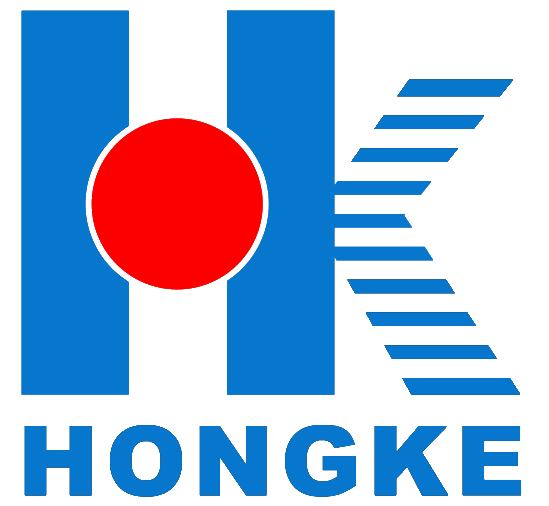Detailed Explanation Of Equipment And Burner For Ceramic Sand Rotary Kiln
The kiln body of the ceramic sand rotary kiln is inclined at a 3% -4% (sine) angle to the horizontal plane, and the entire kiln body is supported by two wheel belts on the corresponding supporting wheel devices. In the axial direction of the kiln body, it is prevented from moving up and down by the stop wheel device at the kiln tail. The transmission process is that the variable frequency motor drives the small gear to rotate through the reducer and its matching coupling. The small gear meshes with the large gear ring fixed in the middle of the cylinder, and the large gear ring drives the cylinder to rotate.
Fuel is burned by injecting gas or coal powder from the kiln head into the kiln through a multi-channel rotary kiln burner. Heat is transferred to the material through the radiation of flames, convection of hot air, and conduction of kiln bricks, and then calcined to become finished products.
The calcination process involves the input of materials from the tail section of the kiln barrel. Due to the inclination and slow rotation of the cylinder, the material will undergo a comprehensive motion of rolling along the circumferential direction and moving along the axial direction, continuously conveying towards the lower end of the kiln cylinder (kiln head). The material is sent from the kiln head into the kiln for combustion, where it encounters high-temperature airflow during the flow process and continuously heats up to complete physical and chemical reactions. The burnt clinker is discharged from the kiln head and enters the next process.
Characteristics of natural gas ceramic sand rotary kiln burner
Multi channel design: The flame length is long enough, and the flame length and shape can be automatically or manually adjusted. The high-temperature zone can meet the needs of the ceramic sand calcination process.
Energy saving design: The multi-channel ceramic sand rotary kiln burner is designed with multiple air duct structures, and the mixing ratio of gas and air flow is accurately controlled, ensuring sufficient combustion and achieving energy-saving goals.
Safety design: The rotary kiln burner must have ignition control, safety control, pressure control, etc. According to the ceramic sand calcination process, temperature automatic control can be achieved. It can be connected to the central control room to achieve local and remote or mobile automatic control functions, and can monitor the working status of the rotary kiln burner in real time for convenient management.
Suitable for multiple fuels: meeting the requirements of environmental protection and low nitrogen emissions while achieving energy-saving goals of reducing operating costs. Multi channel rotary kiln burners are classified according to the selected fuel: natural gas ceramic sand rotary kiln burner, blast furnace gas ceramic sand rotary kiln burner, coke oven gas ceramic sand rotary kiln burner, converter gas ceramic sand rotary kiln burner, ore furnace gas ceramic sand rotary kiln burner, and yellow phosphorus tail gas ceramic sand rotary kiln burner. Diesel ceramsite sand rotary kiln burner, heavy oil ceramsite sand rotary kiln burner, gas generator rotary kiln burner, etc. are generally used in Africa and the Middle East.






